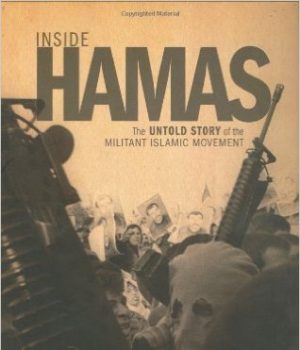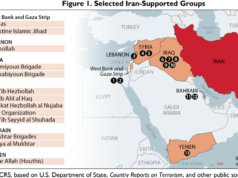Within months of the stunning electoral victory that heralded the rise of Hamas atop the Palestinian Authority, two known apologists for the Islamist, terrorist organization brought forth strikingly similar sympathetic histories of Hamas. Both chronicle Hamas’ meteoric rise from a splinter of the Muslim Brotherhood in 1987 to a successful political party in 2006. Both authors relate this history through the eyes of Hamas members to whom they are granted unfettered access.
Tamimi, a London-based academic, is undoubtedly the more vitriolic of the two authors. Tamimi, in fact, has been identified in the Malaysian press as a ‘special envoy” of the Hamas organization. He asserts that Hamas suicide bombing missions are “resorted to out of utter desperation,” while lauding the “heroism and altruism” of these murderers who carry out the attacks. He decries Zionism’s “racist nature.” He even willfully distorts history by claiming that Baruch Goldstein, the Israeli who killed 29 Palestinians at a mosque in 1994, secured the assistance of the Israeli army to carry out his massacre.
Chehab, for his part, is a well-known journalist for the London-based al-Hayat-LBC TV. A more careful writer than Tamimi, he does not lionize Hamas but allows his interview subjects to do this. Chehab also does his utmost to refrain from injecting his opinion, but in the book’s final pages, he asserts that “Hamas is part of an Islamic society and the USA has committed a grave error in writing it off as a terrorist organization.” Indeed, he states that, “Hamas is not some alien guerrilla force. It is someone’s brother, neighbor, or the guy who gives your son money for his education.”
Both authors insist that the international community must engage in diplomacy with Hamas if a solution to the Palestinian-Israeli conflict is to be reached. In the end, however, both books underscore what neither author likely intended to intimate: that the popularity of a terrorist organization best known for its suicide bombings against Israeli civilians is a testament to the culture of violence that festers among the Palestinian people.






